The Dualism of Contemporary Archaeology
Time Team was an amazing programme. It was educational yet accessible, undeniably British and true to its discipline. Really, it was everything one could wish for from a television programme. Beyond the screens, it was just as successful in blasting a hole into the ivory tower of academic archaeology, the programme’s lack of gatekeeping and obfuscation opening a realm previously exclusive to university departments.
In 2006, its presenter claimed Time Team had published more reports on its excavations in the past decade than every university archaeology department combined, whilst criticising the shortcomings of the activity (or somewhat lack thereof) within the academic establishment. From the passion of the assembled historians and archaeologists in each episode, it is not difficult to believe this may have been the case.
Broadcaster politics and the pursuit of demographic ‘relevance’ destroyed this British staple rather swiftly in the early 2010s. In retrospect, it was the last hurrah for British archaeology before it wholly sank into the same cultural strife engulfing the rest of modern academia. However, it would be unwise to discard contemporary archaeological activities as nonchalantly as one might do with the rest of the humanities. Due to its fundamental characteristics, a unique dualism now exists within the discipline which merits some attention.
Readers will likely be able to guess many of the negative consequences contemporary culture has imparted onto academic archaeology, chiefly since they are the same as in other humanities subjects. These are focussed on the interpretations made beyond excavations in published writing, thus in the part of the discipline which is closest to modern history’s general malfunctioning. Both disciplines suffer from a homogenous progressive politics amongst academics, so generally hegemonic outcomes of that sort are all but guaranteed for the foreseeable future.
This renders discussion of certain historical subjects completely taboo, even when the tangible evidence is revealed by archaeologists, lest academics be seen to support a supposedly ‘toxic’ mindset about the past or something similarly in contravention of their worldviews. History is neither a story of progress, nor a proof of progressive values’ precedence and inevitability, but such facts are amongst those ignored by a paradigm of deconstruction.
Perhaps more disturbingly, for people of any political persuasion, archaeology can prove civilisations are not immortal and can fall in a wave of decisive violence in the right conditions. The anonymous archaeologist Stone Age Herbalist covered the flaws of contemporary academic archaeology in greater detail in an article for UnHerd last year, which I certainly recommend.
As for the other side of contemporary archaeology, the discipline remains defined by recovering tangible evidence of the past from nature, in other words a bedrock of empirical objectivity. If one puts aside the declining rigour of historical interpretations, the basic role of an archaeologist remains vital for our understanding of the past and its transmission to future generations. The past archaeologists excavate is less ‘living’ than, for instance, an extant Tudor manor, but is still has ample potential to animate the mind about how our ancestors once lived and contributes a great deal to our verifiable knowledge of history.
A couple of examples worth praising are in order. First, the ancient city of Pompeii should be at least vaguely known to all readers. After all, it is one of the most impressive archaeological sites in the world, accompanied by the allure of its dramatic demise to Mount Vesuvius in 79 AD. About a third of the city remains unexcavated, but is generally off-limits from further work in favour of extensively conserving previously unearthed buildings.
However, excavations restarted over the last few years in areas last dug over a century ago have brought forth a wealth of new discoveries, and digs on a new insula (city block) to relieve pressure on exposed walls have been widely reported for a fresco depicting something reminiscent of a pizza. The story of Pompeii is only growing richer as a result of this new archaeology. Second, a lot less readers will know about cuneiform, let alone be able to read it. Globally, only a few hundred people can competently translate the oldest known form of writing used by the Sumerians and Akkadians, whereas archaeologists have found some half a million clay tablets inscribed in cuneiform. Digitisation projects in recent years have aided the accessibility of these artefacts, but the scarcity of scholars yet hampers our recovery of that past.
Therefore, a paper published in May discussing a new project to translate Akkadian with neural machine translation might revolutionise our knowledge of ancient Mesopotamia. In essence, it uses similar technology to Google Translate to render Akkadian cuneiform as meaningful English phrases or sentences. Accuracy is far from ideal, as formulaic texts are translated with some skill by the program whereas literary texts are practically out of the question, but the prospect of substantial usefulness in the future exists without making Akkadian scholars redundant.
What does all this tell us? Contemporary archaeology derives an ultimately negative trajectory from its academic overseers, but this is indistinguishable from the rest of academia in the current deconstructive paradigm. Whilst the discipline is buttressed by an inherent tangibility and objectivity which still produces new discoveries, it should not be overlooked when discussing a restoration of academia towards renewed sense. Indeed, such a project will start from a better basis in archaeology than any other subject in the humanities.
I severely doubt archaeologists will begin grinding artefacts into dust which reinforce uncomfortable facts about human nature, but similar effects can be achieved more subtly by the custodial institutions. Archives and museums increasingly see their collections through a far more reductive and essentially monochromatic lens, with all the nuance therein of a medieval executioner by trading in absolutes. These institutions have developed culturally modish tactics to bypass their natural approach to tangible history and enable presentism to abound, removal to storage being the bluntest. One should not need to remind readers how much poorer the world will be in terms of future maintained knowledge the longer this persists.
We are almost lucky contemporary archaeology possesses characteristics that cannot let transient perspectives fully dominate. They may become the only tools left in the humanities to fight the entropies of this age, until such time as we remake the others ourselves.



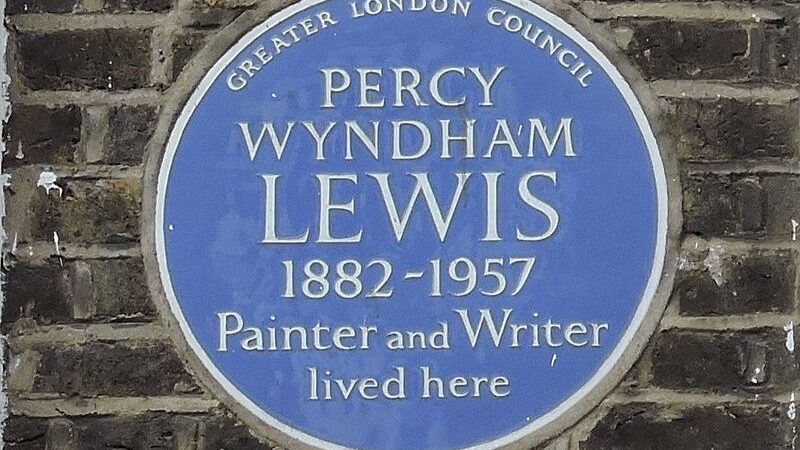

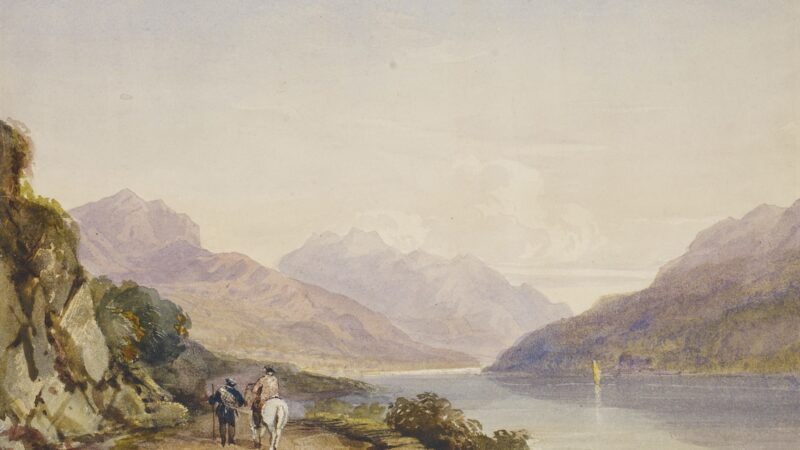
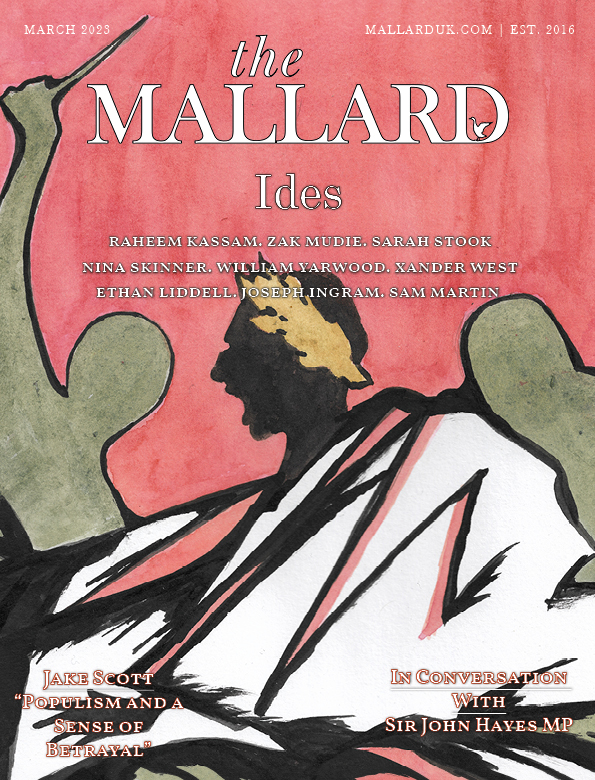

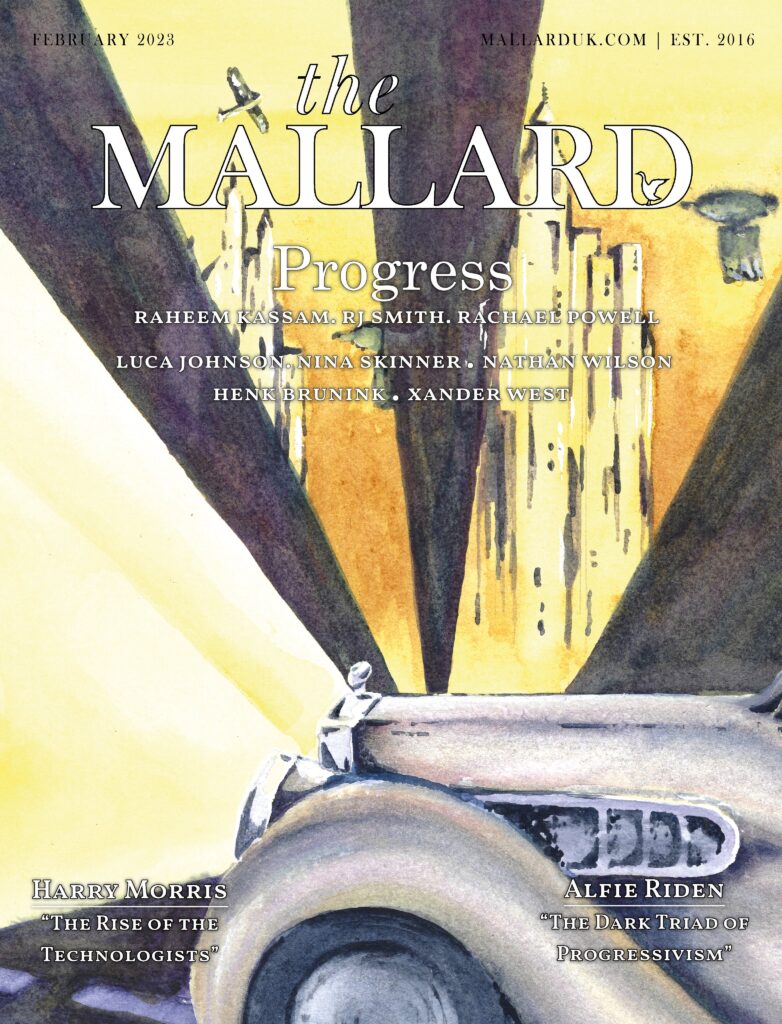

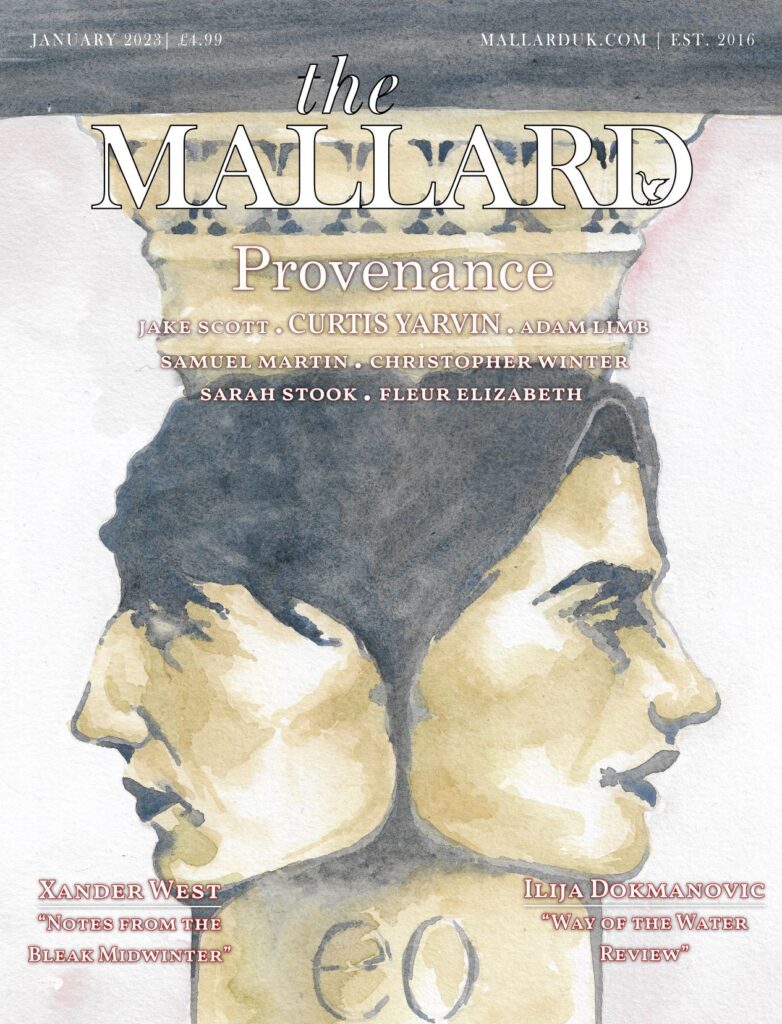


On Freedom of Navigation
Amidst the present difficulties in transmitting knowledge from one generation of educated people to the next, one principle that seems to have been mislaid is freedom of navigation. This has been laid bare by commentary on the recent Anglo-American operations in the Red Sea against the Houthis. Hence, it is worth offering a short explanation of freedom of navigation: what it is, its history prior to its modern codified universalisation and its defences up to the present.
Before its codification by the United Nations, freedom of navigation was part of customary international law, by its nature quite distinct from how modern international law is established and enforced. It originated in the Dutch Republic’s rule of mare liberum (free seas), coined by influential Dutch jurist Hugo Grotius in 1609, which considered neutral ships and their goods inviolable on the high seas. Naturally, this could benefit trading powers like the Dutch, but came into competition with competing Consolato customs. These were named after the Aragonese Consulate of the Sea, both a body to administer maritime law and a collection of maritime ordinances codified since at least 1494. These rules determined neutral ships could be attacked in times of war to seize enemy goods, but even on enemy ships neutral goods could not be taken. By the seventeenth century, Consolato was often paired with the concept of mare clausum (closed sea), coined in 1635 by English jurist John Selden, which held that areas of the sea could be entirely closed off from foreign shipping. Both principles were supported by the major naval powers of the day, including England, France and Spain.
As was the case with a number of pivotal concepts in European history, mare liberum was often fought for over the course of the seventeenth and eighteenth centuries, first by the Dutch alone but later by the nascent American Republic and the Russian Empire as a right of neutral states. The cause of freedom of navigation was greatly assisted during this period by the Dutch victory in the Eighty Years’ War against Spain, as well as the later decline of Spain and Portugal as dominant powers who had attempted to apply mare clausum to the New World’s seas. Another conceptual innovation emerged to resolve some discrepancies between the rival customs in 1702, as Dutch jurist Cornelius van Bynkershoek formulated that maritime dominion corresponded with the distance coastal cannons could effectively protect it; the range of the most advanced cannon at the time was three nautical miles. Beyond the Dutch, naval powers still employed the Consolato principle into the nineteenth century against other countries, especially during major conflicts, but this could be superseded in treaties by freedom of navigation. Ultimately, this became the case for all European powers at the end of the Crimean War in the 1856 Declaration of Paris Respecting Maritime Law, which synthesised the two customs into a rule that enemy goods were covered by a neutral flag whilst neutral goods could not be seized on enemy ships. Arguably, this built upon the Congress of Vienna’s grant of freedom of navigation to key European rivers, which constituted multiple states’ new borders and economic arteries, at the end of the Napoleonic Wars in 1815. The exceptions to the rule outlined by the 1856 declaration were effective blockade and contraband, whereas privateering (in other words, state-sanctioned piracy) was confirmed to be abolished. As Europe proceeded to dominate the world in the nineteenth century, so too did the inviolability of neutral commercial shipping and their freedom to navigate the seas as their juridically innocent business permitted.
Of course, the growth of freedom of navigation did not result in the disappearance of piracy, nor pirate states. For instance, the United States, Sweden and Sicily fought wars against the Barbary corsairs in the early nineteenth century to ensure the freedom of their merchant ships from ransom and enslavement in the Mediterranean, despite only Sicily possessing an obvious interest in the region. In recent weeks, the Houthis have proven themselves to be another such pirate state through their rather indiscriminate attacks on commercial shipping in the Red Sea. In response, Britain and America (with support from several other countries) have attempted to neutralise this threat to freedom of navigation under Operation Prosperity Guardian. In theory, this should be the least controversial Middle Eastern intervention conducted during this century thus far, since the Houthis are plainly violating the neutrality of benign ships under neutral flags. At the time of writing, there is no hint from the intervening powers of the neoconservative adventurism which defined the wars in Iraq and Afghanistan, nor strong intentions to impose changes on Houthi internal affairs beyond the immediate issue at hand. In practice, the war in Israel has entirely toxified any discourse surrounding events in the Red Sea. Instead of realism, one witnesses what is allegedly another instalment of the clash of civilisations. Whatever the merits of Samuel Huntington’s thesis of contemporary world affairs, such hyperbolic reactions to events in the Red Sea overestimate their significance.
If America did not exist, it would be in India or China’s interest to assert freedom of navigation in the region due to its foundational importance to the global economy. Readers should bear in mind that the principle has only a tangential relationship to a nation’s trade policy. Although freedom of navigation is a precondition of free trade, it does not determine the extent to which a ship’s goods are impeded from accessing markets at port, only that the international movement of goods can occur without undue harassment. Perhaps a handful of countries at most could be expected to subsist today to a reasonable standard without substantial trade, an interesting notion in itself but beyond the scope of this article. Likewise, most, if not all, nations lack the naval strength to forcibly guarantee the security of their commercial shipping worldwide, given the sheer volume and frequency of post-containerisation international trade. This means freedom of navigation ought not only to be remembered by readers, but as a matter of historical preference and present necessity defended into the future.
Photo Credit.